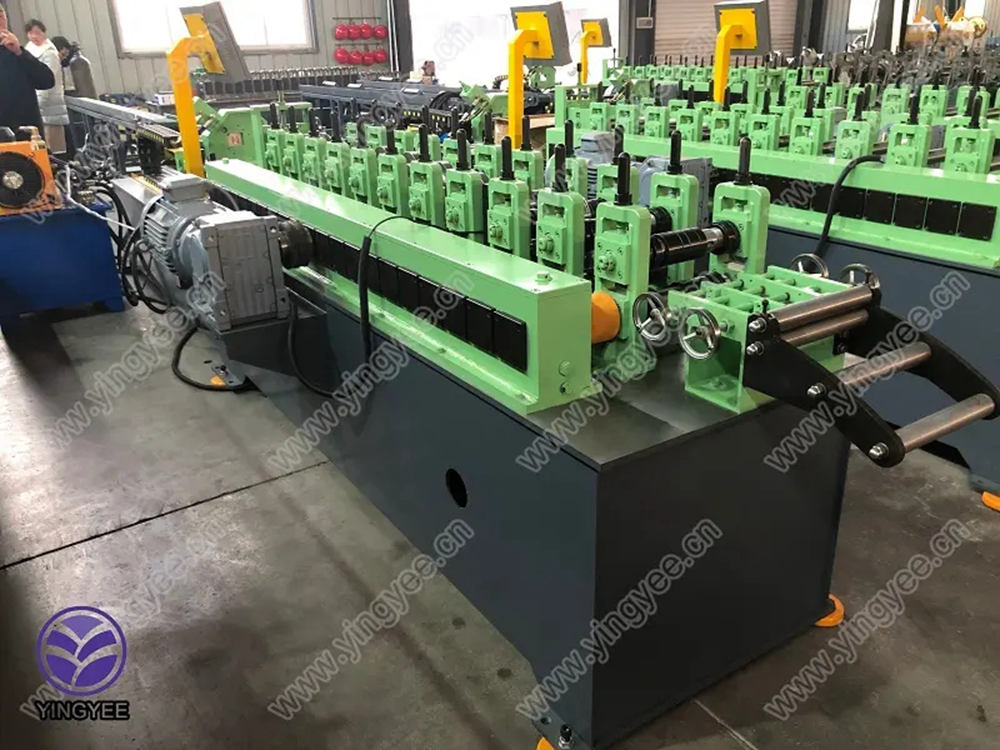
The Versatility and Applications of Galvanized Steel
Galvanized steel is a vital material in modern construction and manufacturing, recognized for its unique properties and wide-ranging applications. This type of steel undergoes a galvanization process, where a protective zinc coating is applied to the surface. This process not only enhances the steel's resistance to corrosion but also extends its lifespan, making it an ideal choice for various uses in both indoor and outdoor environments.
The primary advantage of galvanized steel lies in its durability. The zinc coating acts as a barrier, preventing moisture and oxygen from reaching the steel beneath it. This resistance to rust and corrosion is particularly valuable in industries such as construction, manufacturing, and automotive, where structural integrity is paramount. The longevity of galvanized steel significantly reduces maintenance costs and increases the lifespan of the materials it is used in, thereby providing excellent long-term value.
Galvanized steel is extensively used in the construction industry. It is a preferred choice for building frameworks, roofing materials, and cladding, where exposure to the elements is a major concern. The robustness of galvanized steel ensures that buildings can withstand harsh weather conditions, making it suitable for both residential and commercial structures. Additionally, its aesthetic versatility allows for various finishes, enabling architects and designers to incorporate it seamlessly into their projects.
In the realm of manufacturing, galvanized steel plays a crucial role in producing goods that require strength and protection from corrosion
. It is commonly used in the production of automobiles, appliances, and industrial equipment, contributing to the durability and functionality of these products. Components such as brackets, frames, and structural parts are often made from galvanized steel, proving its reliability across multiple sectors.
Another significant application of galvanized steel is in the agricultural industry. It is commonly used to create fencing, silos, and storage bins, where it endures exposure to moisture, chemicals, and varying temperatures. The ability of galvanized steel to resist the elements helps protect agricultural investments and ensures that farmers can continue to operate efficiently without frequent replacements of their infrastructure.
Moreover, the use of galvanized steel is not limited to functional applications; it also extends to decorative elements. In landscaping and interior design, galvanized steel is increasingly being utilized for features such as planters, furniture, and art installations. Its modern appearance combined with its strength provides both aesthetic appeal and practicality, making it a popular choice for architects and designers looking to create unique spaces.
Sustainability is also a key consideration in the usage of galvanized steel. The production process is designed to be environmentally friendly, and steel is recyclable, further reducing its ecological footprint. By choosing galvanized steel, industries can contribute to sustainable building practices while also benefiting from its protective qualities.
In conclusion, galvanized steel is a remarkable material characterized by its corrosion resistance, durability, and aesthetic versatility. Its applications span across various industries, including construction, manufacturing, agriculture, and design. As the demand for long-lasting and sustainable materials continues to grow, galvanized steel stands out as an embodiment of both functionality and sophistication. Its ability to withstand the test of time makes it an invaluable resource in our ever-evolving world. Whether for functional uses or elegant designs, galvanized steel proves to be a reliable choice for various applications, cementing its status as a staple in modern material science.